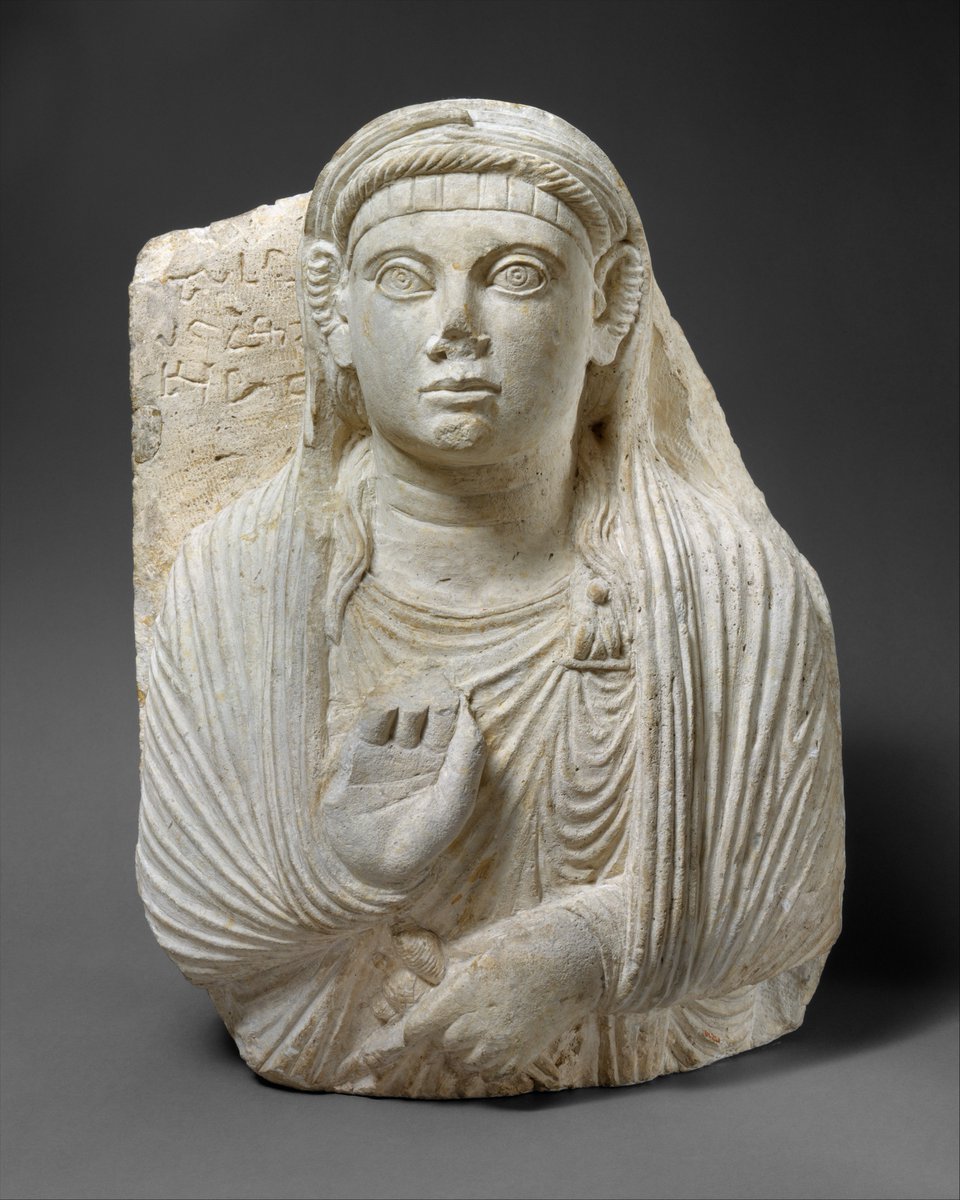How did funerary reliefs and other ancient artifacts from Palmyra make their way around the world? And what, if anything, should be done about it today?
A thread for #MuseumsUnlocked
A thread for #MuseumsUnlocked
Left: British Museum 1885,0418.2 (photo courtesy BM)
https://www.britishmuseum.org/collection/object/W_1885-0418-2
Right:">https://www.britishmuseum.org/collectio... Metropolitan Museum of Art 01.25.1 https://www.metmuseum.org/art/collection/search/322367">https://www.metmuseum.org/art/colle...
https://www.britishmuseum.org/collection/object/W_1885-0418-2
Right:">https://www.britishmuseum.org/collectio... Metropolitan Museum of Art 01.25.1 https://www.metmuseum.org/art/collection/search/322367">https://www.metmuseum.org/art/colle...
This thread is based in part on some preliminary research for @JjosseMunch& #39;s postponed workshop Academic Consumption of Illicit Antiquities, originally schedule for last month in Kristiansand, Norway
To answer the questions, we need to go back to the late 1800s.
At that time 3 things came together:
1. Rise of "scientific" excavations in Middle East (incl at Palmyra)
2. Large-scale collection of artifacts from the region (incl Palmyra)
3. The 1st Ottoman antiquities laws
At that time 3 things came together:
1. Rise of "scientific" excavations in Middle East (incl at Palmyra)
2. Large-scale collection of artifacts from the region (incl Palmyra)
3. The 1st Ottoman antiquities laws
I don& #39;t think it& #39;s coincidental that we see all of these emerge around the same time. https://twitter.com/MichaelDPress/status/1262755605468438540">https://twitter.com/MichaelDP...

 Read on Twitter
Read on Twitter



